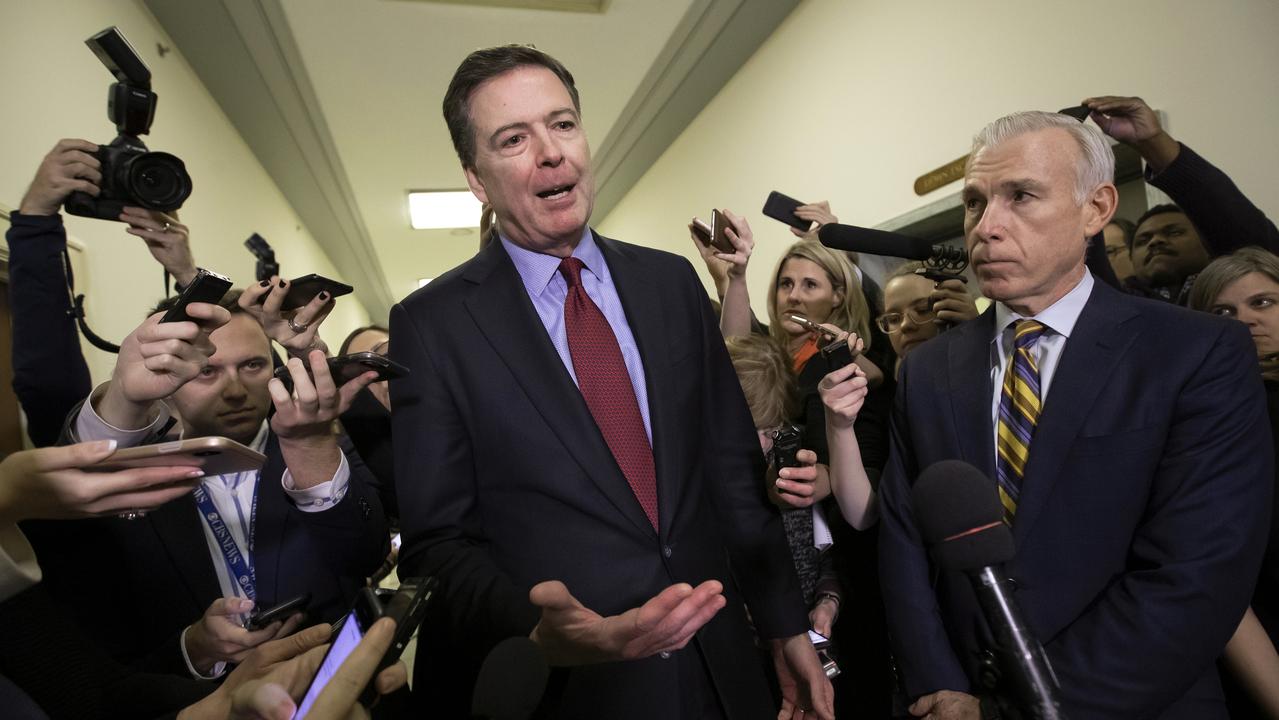Haste disables the NDIS rollout
LABOR didn’t heed the Productivity Commission’s rollout advice.

ESTABLISHING the National Disability Insurance Scheme was always going to be akin to undertaking major roadworks on a busy city highway during rush hour — a very tough ask.
Fully aware of the risk of chaos and disruption to the lives of tens of thousands of vulnerable people without extremely careful and detailed preparations, the Productivity Commission therefore recommended in 2011 that rollout not begin until this July, and then only in what it proposed be called “trial” sites, with full implementation to take a further five years.
In its wisdom, however, the Gillard government abruptly decided to pull the start date forward by a full year, to July 2013, publicly insisting the move had absolutely nothing to do with a looming federal election but was solely because disabled Australians were so desperate for help. More surreptitiously, senior Labor ministers argued it was vital to launch the scheme before the election, fearing that if the Coalition were to win, it would postpone or even scrap the scheme altogether as a cost-cutting measure.
Whatever the real reason, the pull-forward and the extraordinary $22 million national government advertising blitz that accompanied it did nothing to help save the Labor government from electoral annihilation, nor did it do much to help disabled Australians and their families.
In the mad scramble to start the scheme 12 months prematurely in what the Labor government designated as “launch” rather than trial sites — in Victoria’s Barwon area, NSW’s Hunter region, in South Australia for children aged up to six years and Tasmanians aged 15-24 — federal and state bureaucrats faced a near impossible task.
There was no time to develop the NDIS-specific, state-of-the-art computer and IT systems recommended by the commission; no time to refine vital new planning and assessment tools; to collect detailed data on the number of pending enrollees or their likely level of funding allocations; and precious little time to recruit and properly train the many frontline staff now dealing directly with disabled applicants in the four sites.
In the midst of juggling everything else, the NDIA — the statutory agency established to administer the NDIS — also had to cope with the upheaval and disruption involved in relocating its national headquarters from a temporary base in Canberra to Geelong. With many Canberra-based staffers unwilling or unable to move because of family and other commitments, the agency has faced the unenviable task of not only rapidly expanding its staff numbers on the run but also replacing existing staff.
With the change of government last September, the infant scheme even had to deal with a sudden branding change — from the DisabilityCare label favoured by Labor but widely spurned as patronising and paternalistic by disability-reform advocates, back to the original NDIS.
Worst of all, perhaps, the pull-forward slashed the time available to develop critical additional disability services and to significantly increase the number of care and support workers needed to meet extra demand fuelled by NDIS funding. All of this explains why the first independent review into the scheme’s implementation, released earlier this year, memorably likened it to “a plane that took off before it had been fully built and is being completed while in the air”.
Now, two more reviews are pending: one an investigation by management consultants KPMG into “the risks and challenges” of the present rollout timetable, commissioned by the NDIA board, and the other the first report to federal parliament by the multi-party committee of MPs and senators established by the Abbott government to monitor the scheme’s implementation and administration.
Both, in their different ways, are likely to be scathing.
The chairman of the parliamentary committee, Queensland Liberal MP Mal Brough, tells The Australian he has “absolutely no doubts the NDIS will be saved, it will work, it will happen”. But, he says, it is very clear from evidence given during committee hearings held recently in the four sites — now renamed “trial” sites by the Abbott government — that there are serious problems in a number of key areas.
A former minister for disabilities during the Howard government, returned to parliament last year for the seat of Fisher after losing Longman in 2007, Brough declines to canvass the committee’s soon-to-be-released findings in any detail, instead recommending a close read of the transcripts of evidence taken. They make for disturbing reading, with witness after witness describing a process stymied by all the same old red tape, rigid and inflexible funding rules, box-ticking and arbitrary decision-making the NDIS was supposedly meant to sweep away.
One Victorian disability activist told the parliamentarians that while the NDIS architects’ vision of radical change to Australia’s disability care and support system had been embraced by “politicians of all colours, when it gets handed to the bureaucrats, we get the same people doing the same things repeatedly. It’s like a continuous cycle. The old system was bad. We have this great reform and we are going to change it. And who do they employ to change it? The people from the old system, which was bad.”
It’s a frequent complaint, not just from committee witnesses but also from people posting comments on numerous online disability and NDIS discussion sites. “Dealing with the NDIS is worse than dealing with Centrelink!” one mother of a disabled child wailed.
Meanwhile, in Geelong, another mother told the committee she had been left shattered by her ongoing battle with NDIS staff on behalf of an adult son profoundly disabled by brain injury, with the agency proposing to provide fewer care, therapy and support services for her son than under pre-NDIS funding arrangements.
“I am heartbroken,” Vanda Fear said, “because I was one of the campaign champions in Geelong to get this scheme in. I still see the northern light in the future, but it is a lot further away than it ever was for us. Because we campaigned so hard to get it in, I feel like I have to speak up now because we want it to be rolled out properly. At the moment, I don’t think it is.
“The planners and the powers-that-be need to listen to families a lot more. They need to get a much better grasp on what people are telling them. They need to understand a lot more about the person living with a disability and listen, not presuming they know better than the family or the participant.”
Even some enrollees who described themselves as delighted with their own outcomes were highly critical of the impact of dealing with NDIA staff on others, one witness relating that as an employee of a disability advocacy organisation, he had talked to many families “where the level of despair and frustration is much greater than it should have been”.
The gathering disquiet is nationwide, even in areas where the NDIS has yet to start. “Nobody seems to know what’s going on,” says the Canberra-based father of a son with severe autism who has been closely following developments in the trial sites in preparation for the ACT-wide launch next month.
“Emails and letters to the NDIA requesting information or seeking clarification of funding rules and assessment decisions just go unanswered; different individuals with similar needs are getting widely varying amounts of financial support, depending apparently on which NDIS planner they happen to strike; and people assessed between last July and January have received far more than people assessed from January onwards, when the funding guidelines for planners were all reviewed, changed and tightened considerably. This just isn’t how the NDIS was meant to be.”
For his part, Brough admits he and other committee members were shocked to hear from enrollees whose lives had been “shattered” as a direct consequence of NDIS funding decisions.
“We heard from people who were NDIS devotees, but who had discovered in practice that the model had turned their lives upside down in a completely negative way, seriously reducing current levels of funding and support services on which they are completely dependent,” he says.
“Listening to their evidence, I was thinking to myself: ‘How could this possibly have happened?’ There have been iron-clad guarantees given, in completely good faith, that no one would ever end up with less funding and fewer services under the NDIS than the old disability system.
“How could it happen?”
The answer, it would seem, to this and all the other questions now being raised, goes back to the organisational and administrative chaos occasioned by the Gillard government’s fateful decision, during an election year, to pull the rollout forward by 12 months, and then blithely leave the NDIA — and thousands of disabled people — to deal with the consequences.
Sue O’Reilly is a Sydney writer and disability campaigner.


